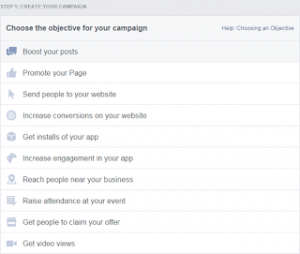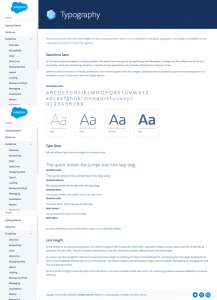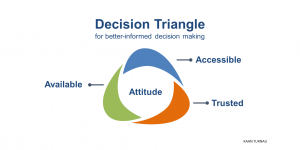It’s no secret that finding the right employees can be challenging, and the general consensus is that it’s getting tougher as the recovering economy presents jobseekers with increased opportunities.
In the Chartered Institute of Personnel and Development (CIPD)’s Resourcing and Talent Planning 2015 survey, 82% of respondents said that competition for talent has increased over the past two years, and 49% feel it’s currently an employees’ market. Almost two thirds said they are receiving fewer applications for each post than they did a year ago, and three-quarters of those who had tried to fill vacancies reported experiencing difficulties.
They are receiving fewer applications
Overcoming these market conditions and finding the right candidates requires a targeted approach that has much in common with the methods used by marketers for reaching potential customers. The key lies in understanding the needs and characteristics of the audience in question in order to communicate with them more effectively.
One way to develop that level of understanding is to create a detailed description of the kind of person who might be interested in a given role, otherwise known as a candidate persona. This will include information on the likely candidate’s preferences and behaviours, ranging from their values and interests to their media consumption habits.
Create a detailed description of the kind of person who might be interested in a given role
Here are three reasons why creating detailed candidate personas will help bring the right talent into your business:
You know how to get their attention
Effective recruitment marketing understands and addresses the needs and wants of target candidates in the same way that effective marketing speaks to its target customers. Personality type and behavioural characteristics also play a key role in someone’s choice of profession and employer. By understanding the ambitions, desires, concerns, attitudes and interests of a likely candidate you can provide the right information at the right time.
Are they interested in a particular cause, such as diversity or sustainability, or is there an issue that’s guaranteed to get them spitting feathers? Showcase details of any relevant initiatives within your organisation so that candidates can see where you stand and why they should pick you as their employer of choice.
Along with the message, think about what kind of content will make your ideal employees sit up and take notice. Are they going to be stopped in their tracks by a standard advert, or will a video do a better job of cutting through the noise and creating the buzz you need?
What kind of content will make your ideal employees sit up and take notice?
You know where to reach them
Not so long ago it was often enough to place an advert in a key industry magazine or on a respected industry job board, safe in the knowledge that it was the destination of choice for the majority of candidates. But we live in a time of media fragmentation. National newspapers and trade magazines have seen their readerships tumble, and niche news sites and social channels have sprung up left, right and centre.
This is why it’s increasingly important to understand who your candidates are as real, three-dimensional people and where they spend their time.
What social platforms do they use? Are they active on LinkedIn or are you more likely to find them on Instagram? Do they visit industry sites or is Facebook their primary source of breaking news, as this report from the Media Insight Project suggests is the case for many younger people. Take the time to understand your ideal candidates and you’ll know exactly where to reach them.
Understand who your candidates are as real, three-dimensional people
You increase the likelihood of a cultural fit
Having spent time getting to know your ideal employees, you’ll have a much clearer idea of what they will expect from an employer in terms of culture and benefits. There’s no point coming across as hip and cool during the hiring process if successful candidates will be disillusioned the minute they walk through the door.
Understand what motivates them – whether it’s opportunities for progression or a range of snazzy perks – and build that into your retention strategy. If you come to the realisation that your business environment is at odds with the kind of people you want to attract then it’s time to have serious conversations at a senior level, with a view to making the necessary changes.
Similarly, by creating a clearer picture of the kind of person you want on your team, you’ll find it easier to listen to your gut instinct when faced with a candidate who doesn’t quite ‘fit’. If you know that a position is best suited to someone with specific characteristics and attitudes then it pays to hold out for the right candidate, rather than hire in haste and repent at leisure when they don’t quite measure up.
Creating effective personas can be time-consuming, but it’s an investment worth making when you consider the value of recruiting people who are perfectly suited to the role in question and your business in particular.
If you’re unsure where to start, consider engaging a specialist who can help by conducting research and turning that raw data into a set of clearly defined personas to underpin future recruitment activity.
Business & Finance Articles on Business 2 Community
(71)
Report Post






